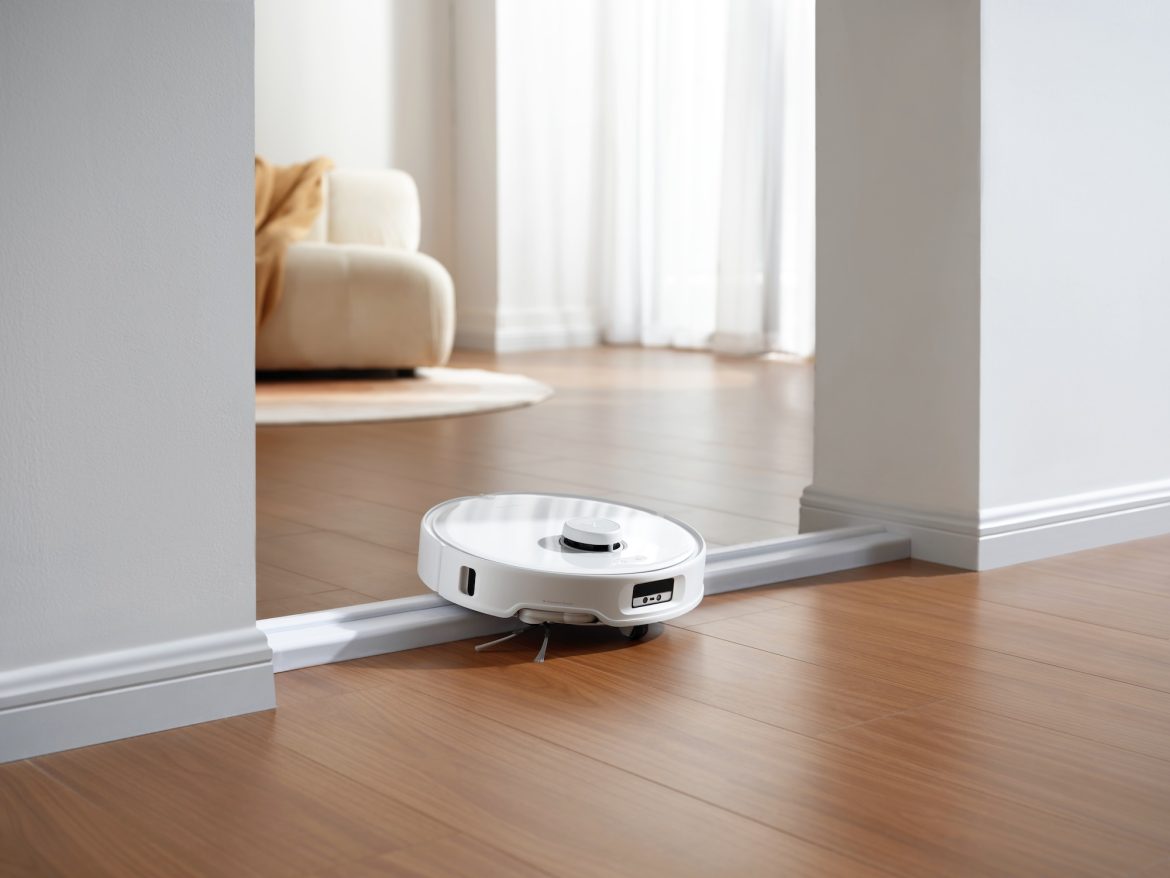TL;DR
Roborock's new Qrevo Curv aims to conquer Nordic homes with its impressive threshold-climbing ability (handling over 3.5cm) and quieter, more powerful suction than previous models. Its self-cleaning dock is sleeker, and the rotating mops tackle corners effectively. However, its "AI" struggles with cable avoidance, leading to tangles, and it can get stuck in familiar spots, sometimes refusing to enter rooms. Despite these initial software kinks, its quiet operation, strong suction, and threshold navigation make it a promising, albeit not perfect, alternative to Roborock's higher-end S-series. Discover if this Nordic-ready robot vacuum is the right fit for your home!
While Roborock is a leading brand in the robot vacuum market, differentiating between its various models can be challenging. The product lineup includes the high-end S-series (with the S8 Pro Ultra serving as a benchmark), the Qrevo series (positioned as more advanced than standard Roborock models, excluding the S-series, while remaining more affordable), and the upcoming Saros series, featuring a robot arm capable of lifting and relocating objects weighing under 300 grams.
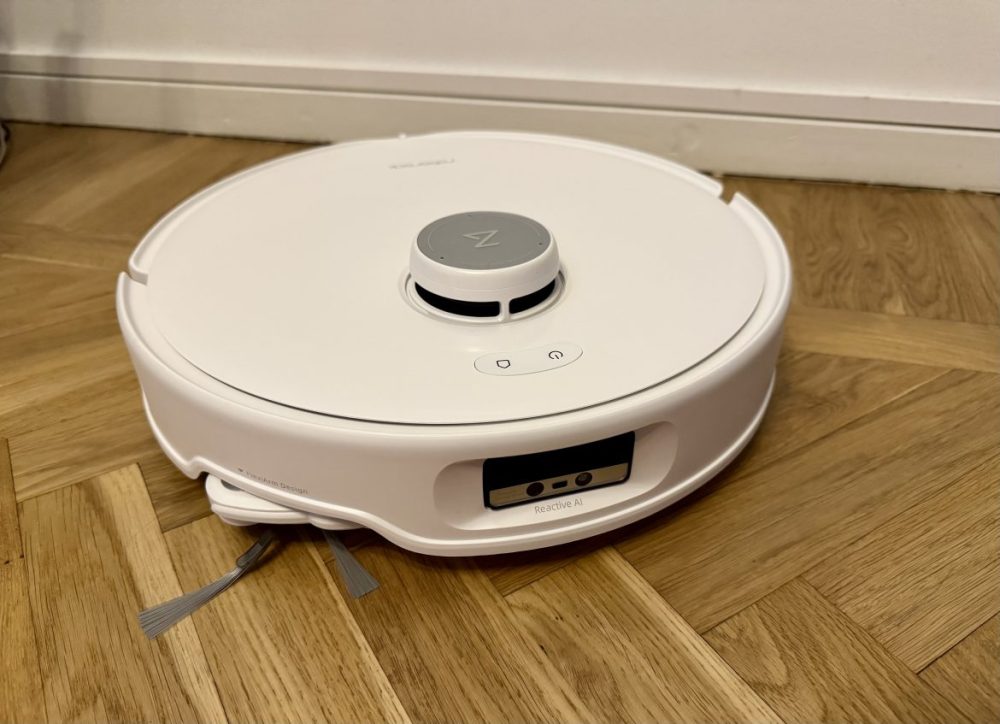
The Qrevo Curv is a recent addition to the Qrevo series, designed with features tailored for the Nordic market. It incorporates a height-adjustable chassis (AdaptiLift) intended to navigate thresholds up to 4 centimeters – a common requirement in Nordic homes. Having previewed the Qrevo Curv at IFA in Berlin last fall, we’ve now evaluated its performance for over a month in a demanding environment, rigorously testing its suction capabilities, rotating mops, LIDAR system, AdaptiLift functionality, and integrated “AI functions.”
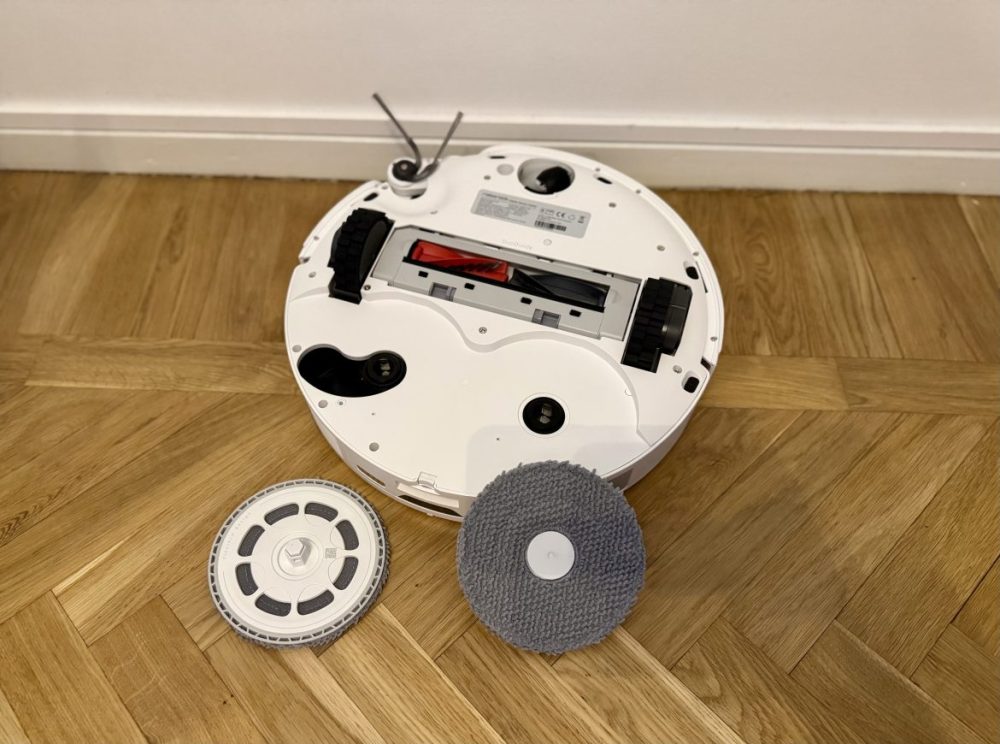
Initial Assessment
The Qrevo Curv arrives in a substantial package, largely due to the weight of the docking station. Unlike the bulkier S8 Pro Ultra station, the Curv’s dock features a more compact, streamlined design with rounded edges. Similar to its counterpart, it includes separate water tanks for clean and dirty water, as well as a compartment for disposable dust bags. The Qrevo Curv’s emptying process produces a noise level of approximately 70 dB, which is noticeable but less disruptive than the S8 Pro Ultra. Furthermore, the robot itself operates at a lower noise level than previous models, notably the S8, which exhibited both higher noise levels (around 10 dB greater) and reduced suction power.

The robot autonomously washes and dries the mops, and during its initial run, effectively maps the environment and delivers a noticeably cleaner result. A single cleaning cycle significantly improves cleanliness. The pivoting mop, designed to reach into corners, works effectively in conjunction with the spinning brush and dual roller blades. We recommend using cold water exclusively for mopping, as parquet floors can become slippery even with specialized cleaning solutions. The LIDAR system effectively avoids larger obstructions, and an integrated lamp activates in low-light conditions to enhance visibility. The unit’s strong suction power (18,500 Pa) ensures thorough cleaning at an acceptable noise level.
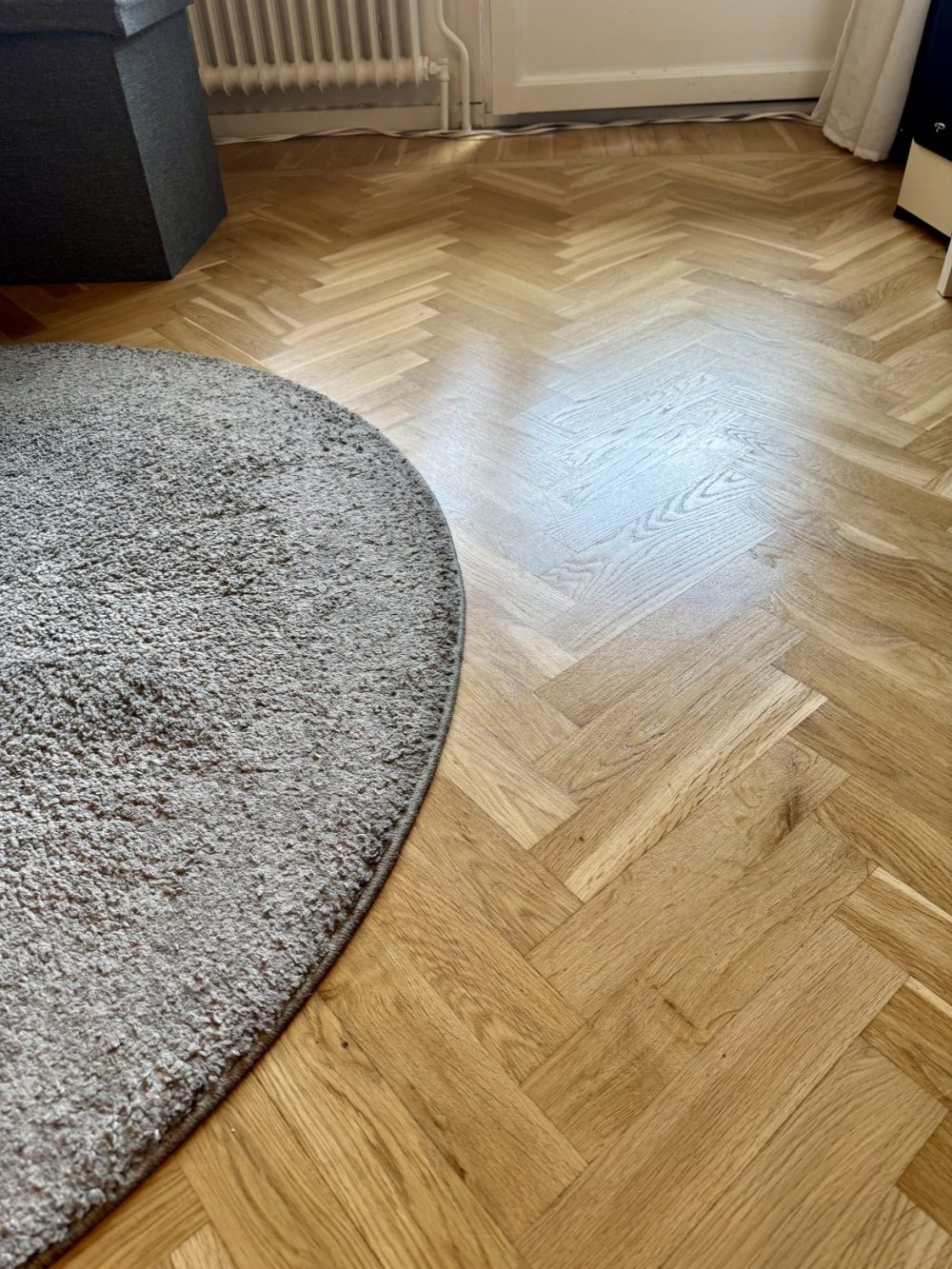
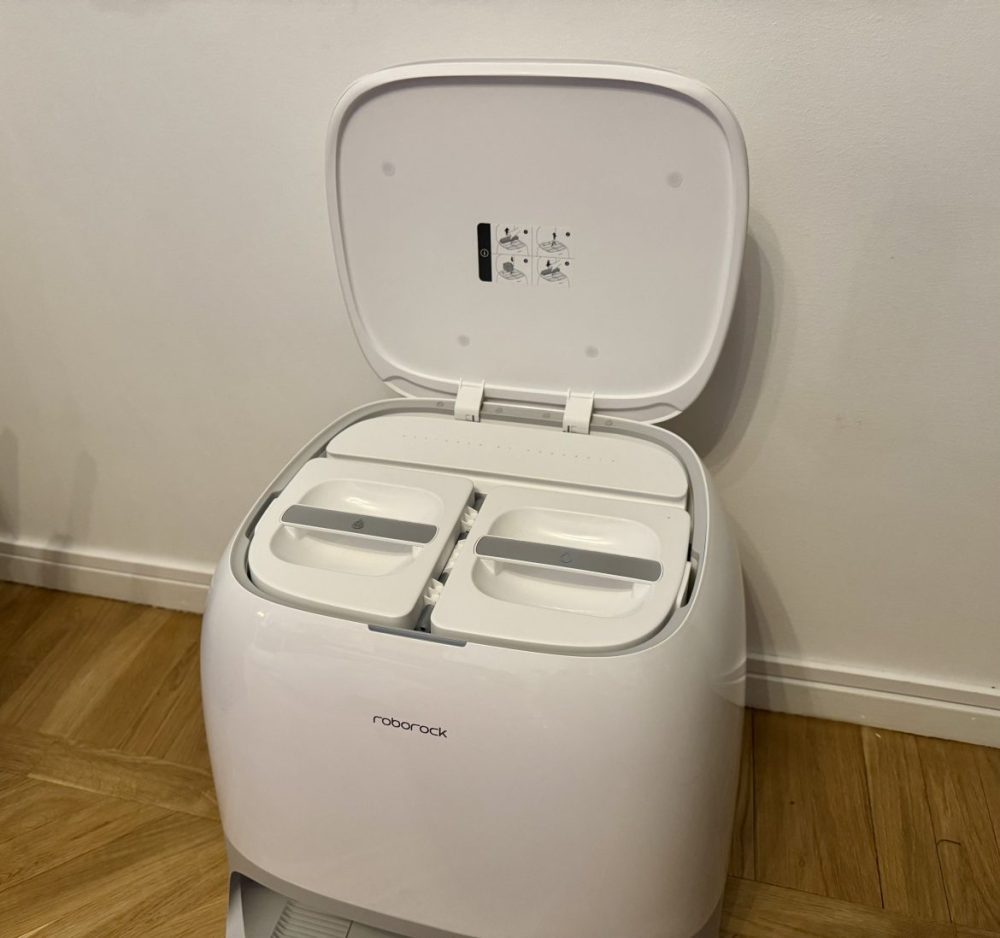
A key selling point is the Qrevo Curv’s ability to navigate thresholds, an area where the S8 series previously struggled. According to the documentation, the Qrevo Curv is designed to handle 3 cm + 1 cm “in steps,” which suggests a 3 cm continuous threshold capacity. We tested this with a 3.5 cm threshold.
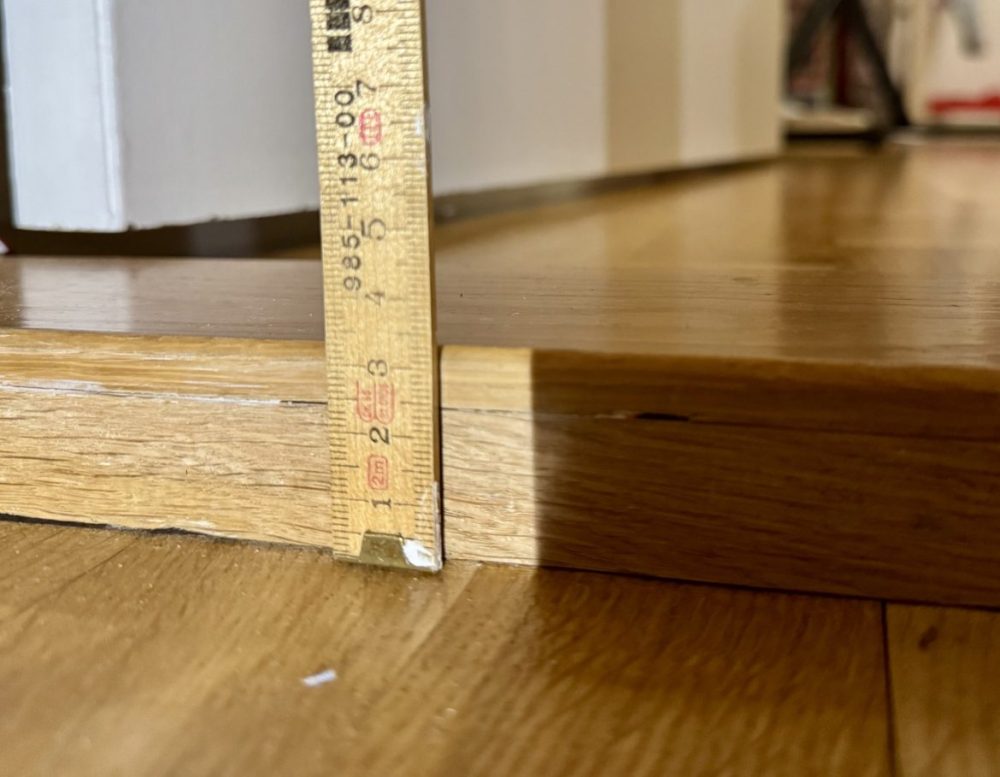
The outcome:
Generally positive.
The Qrevo Curv successfully traverses the 3.5 cm threshold, although it sometimes requires multiple attempts. In some instances, the robot becomes temporarily stuck, exhibiting repetitive movements and audible strain. Despite the threshold being mapped and recognized, the robot may struggle before eventually executing a small backward run-up, lifting its front, and clearing the obstacle. This suggests a potential software optimization issue.
Assessing “AI” Functionality
“AI” is a prevalent term often associated with claims of near-magical capabilities. Roborock’s app incorporates a “smart AI mode” intended to facilitate adaptive learning and problem-solving as the robot operates.
However, after several weeks of testing, we observed mixed results. While the Qrevo Curv offers numerous advantages, a notable drawback is its susceptibility to entanglement with cables. The robot exhibits a tendency to become ensnared, even with thicker power cords. There appears to be a lack of effective cable detection or avoidance; the cords become entangled within the movable mop, potentially causing the mop to detach and triggering an error. While reattaching the mop is straightforward, untangling the cables can be inconvenient. In comparison, the standard S8 model demonstrated superior cable management, possibly due to the absence of a rotating mop arm. Roborock’s “tangle-free cleaning” marketing for the Curv is ironic in light of this issue. Conversely, the dual roller blades effectively prevent long hair from accumulating, a problem encountered with the S8 models, which required frequent cleaning to remove hair coils.

Another concern, potentially addressable through software updates, involves instances where the Qrevo Curv becomes persistently stuck in the same location. The robot may repeatedly attempt to navigate an obstacle without adapting its approach. While infrequent, this behavior detracts from the overall experience, particularly considering the product’s price point. Although robot vacuum cleaners typically excel on open surfaces, real-world environments contain furniture legs, cables, and other obstacles that impact performance. In one instance, the Qrevo Curv consistently refused to enter a specific room, even after initial mapping. Directing the robot to the room via the app proved unsuccessful, with the robot deviating and returning to its base. Manually placing the robot in the room resulted in it attempting to exit rather than learn the space. This behavior is unexplained.
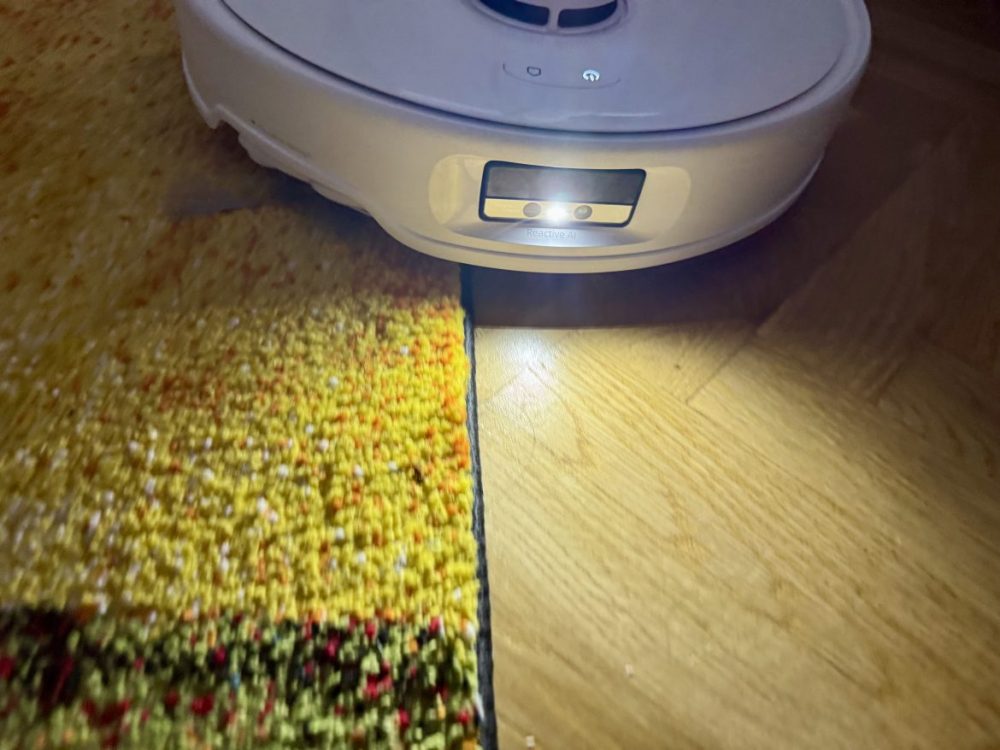
Overall Assessment
As one of the first media outlets in the Nordics to evaluate the Qrevo Curv, it’s possible that the noted issues are initial implementation challenges that will be resolved through future software revisions. Based solely on its potential, the Qrevo Curv could be a top-tier product, given its comprehensive feature set. While it offers numerous advantages, our evaluation focuses on the current product performance. The Qrevo Curv represents a recommended and welcomed update, primarily due to its quiet operation, suction power, and threshold-crossing capabilities. However, existing weaknesses detract from what could otherwise be a premium product. Overall, its performance and price point justify its position as a potential alternative to the S8 Pro Ultra as a reference product.
Roborock provided a review sample for this evaluation. The provision of materials does not influence our editorial independence; our reviews are conducted with readers and consumers as the primary focus.
